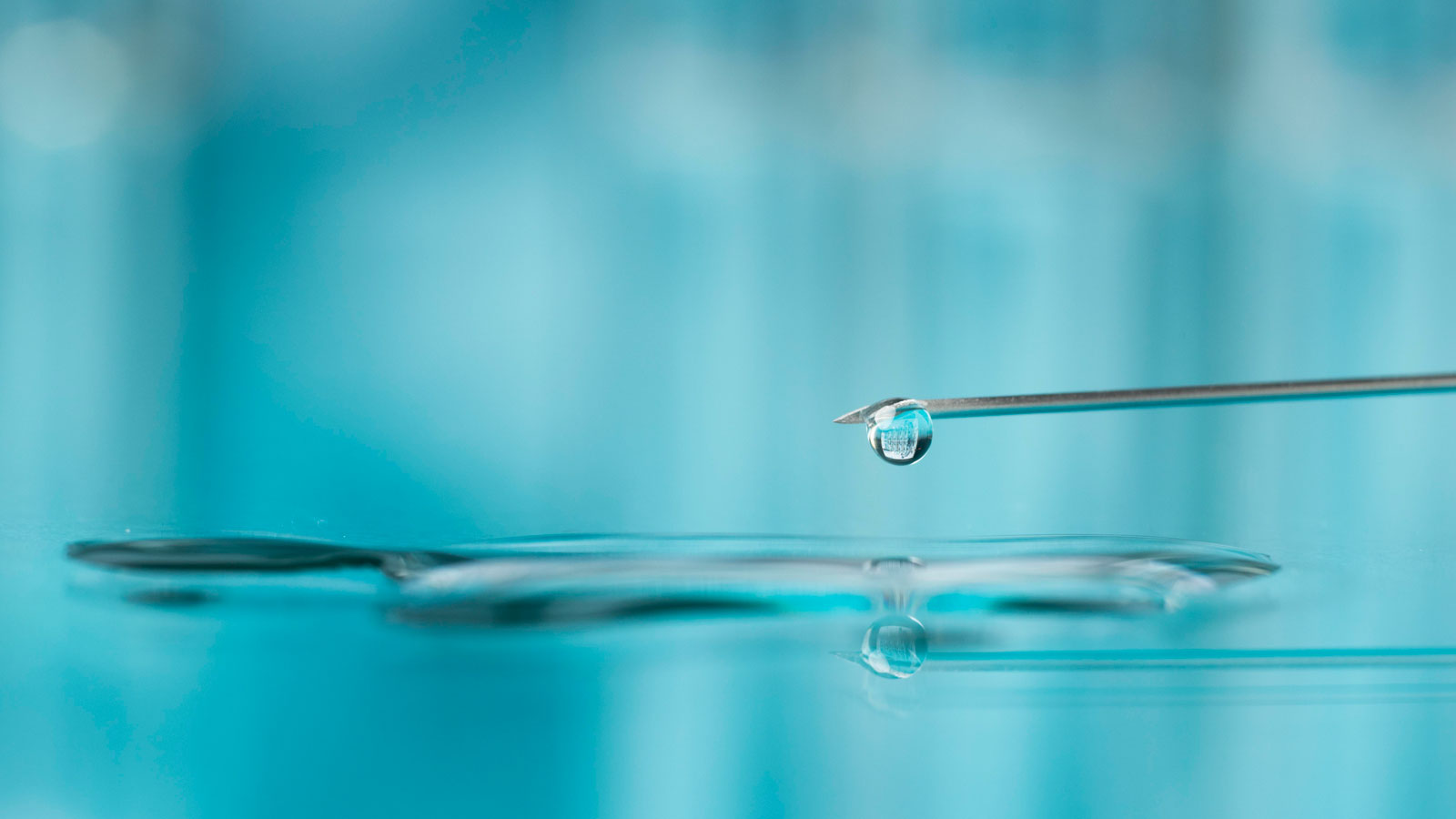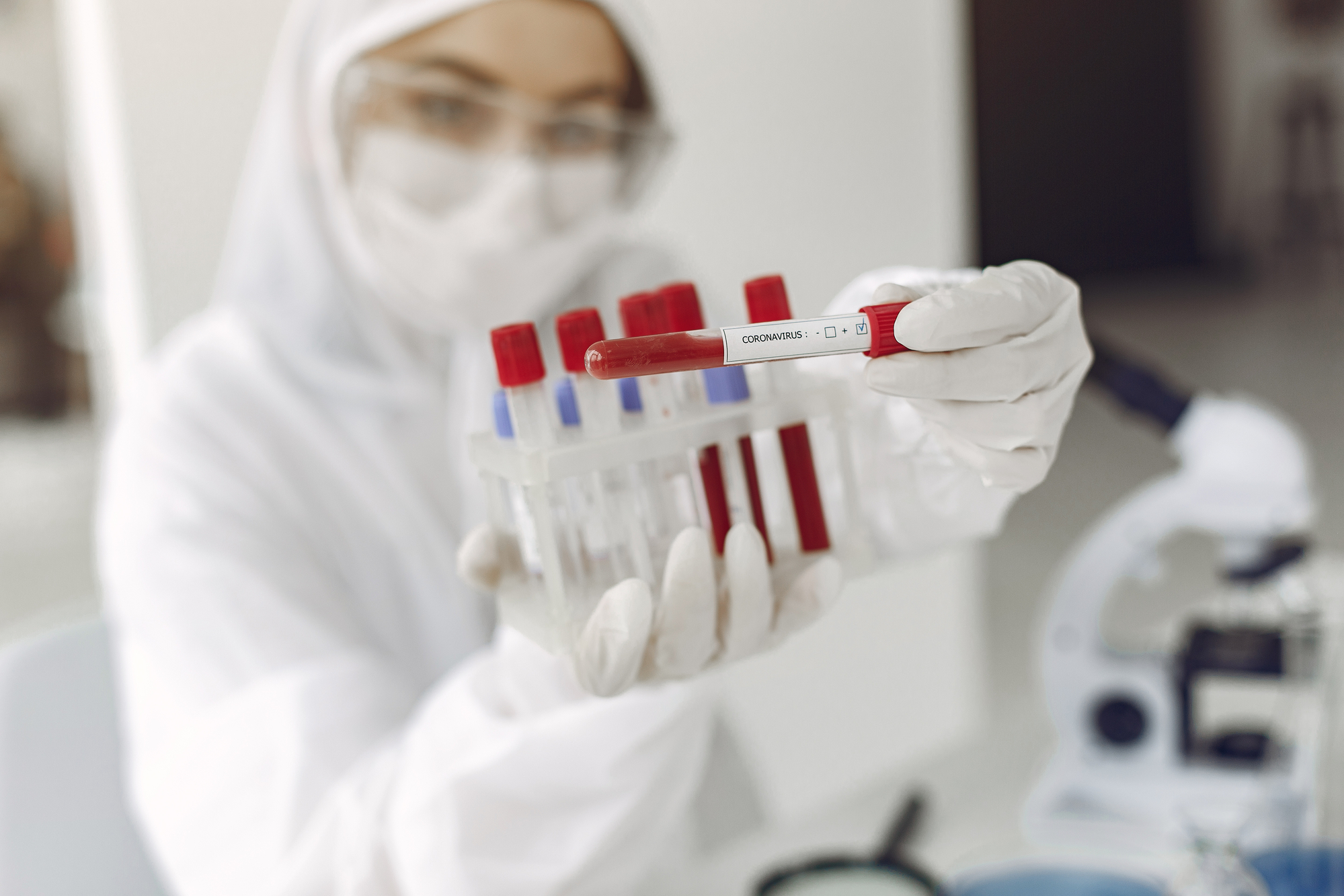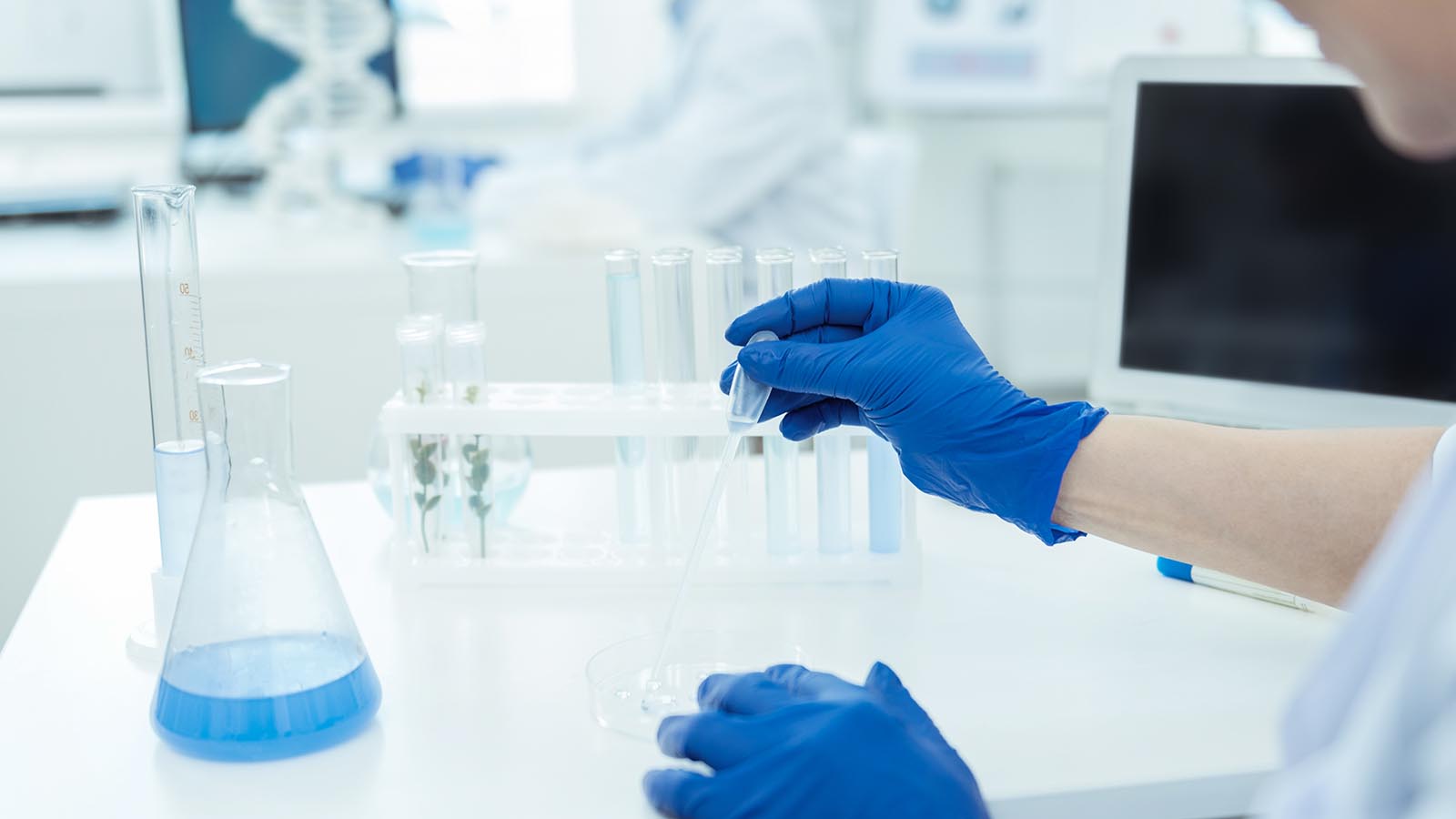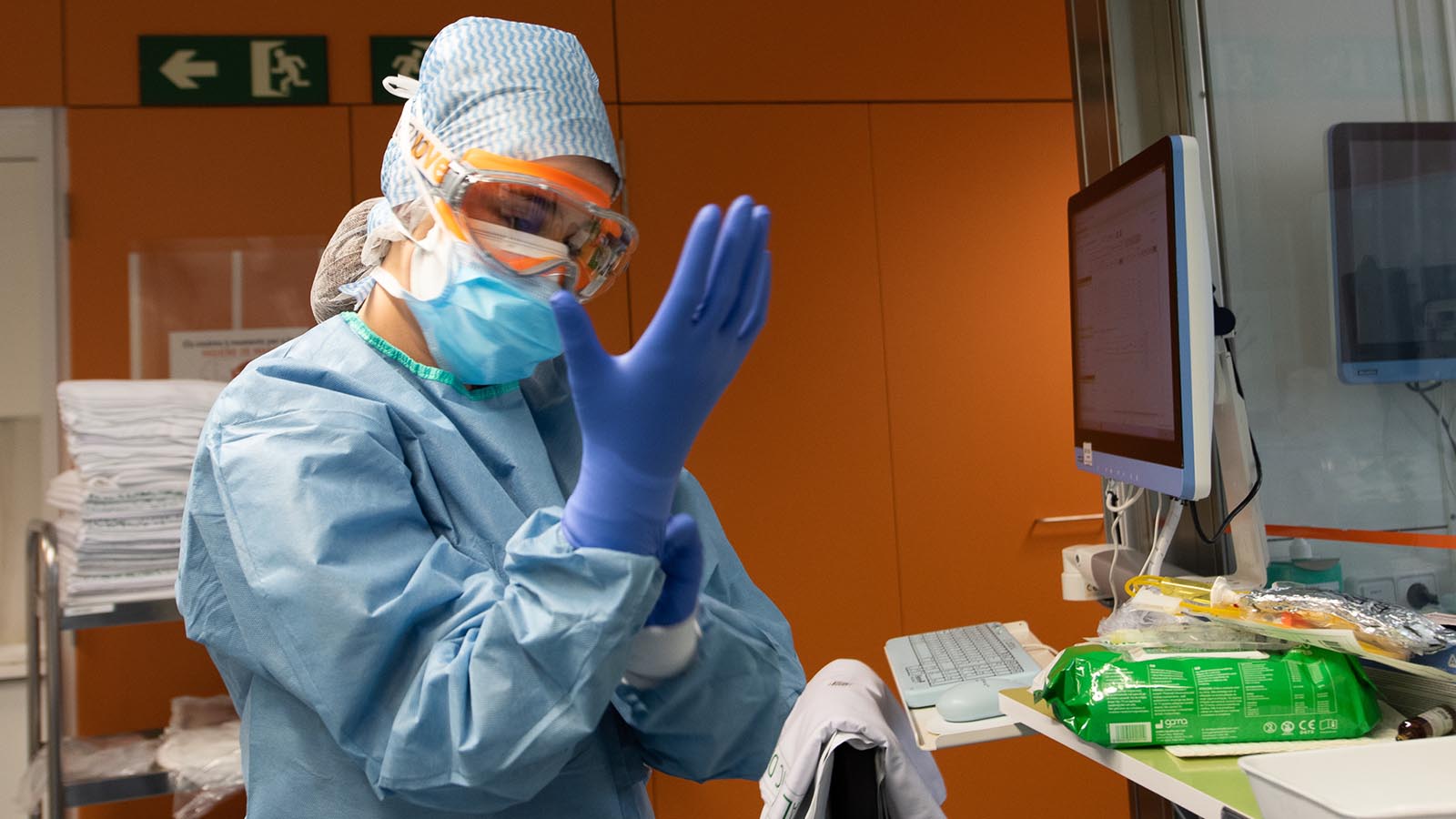NIAGARA: Understanding, monitoring, and remediating the spread of chemical, microbiological and plastic pollution in drinking water treatment plants

The NIAGARA project aims to develop a solution for the assessment and mitigation of chemical and microbiological contamination of drinking water and to integrate all of them into a complete pilot demonstrator that will enable drinking water treatment plants (DWTPs) to: (1) control and (2) eliminate chemical and (3) biological contamination present in European drinking water, as well as (4) manage and minimise the risks associated with its presence.
Context
The number of people affected by chemical contamination of drinking water is expected to increase from 1.1 billion in 2000 to 2.5 billion in 2050.
This is a harsh consequence of global change: rapid industrialisation (industrial chemicals such as polyaromatic hydrocarbons – PAHs – and heavy metals are among the most frequent chemicals in natural water bodies), urbanisation (megacities concentrate 50% of the world’s population and are responsible for large wastewater discharges), the rise of intensive livestock farming for a growing world population [agricultural pesticides are also one of the most frequent pollutants in natural water bodies (Scientific reports, 2017)].
Focusing on the EU, the latest European Water Report showed that around 60% of European surface waters (rivers, lakes, transitional and coastal waters) are not in good ecological status and 62% are not in good chemical status. More than 13,000 European water bodies contain poly aromatic hydrocarbons (PAHs), mercury, lead and/or nickel [heavy metals can reach up to +1,330 ug L-1 in rivers (Global Ecology and Conservation, 2022)] or plastic derivatives. Given that 88.2% of freshwater used in the EU comes from rivers and groundwater, we face the risk of human exposure to these pollutants.
In short, end consumers are subjected to multiple, harmful and poorly controlled chemical pressures.
In the short term, a major player in the response to water quality deterioration are drinking water treatment plants (DWTPs), as they are the last barrier before human exposure to contaminants in water.
Summary and objectives
NIAGARA compiles all the approaches necessary to provide a comprehensive response to the phenomenon of the spread of contamination (chemical, microbiological and plastic) from drinking water sources to human exposure, through Water Treatment Plants. These approaches and their solutions are:
- Real-time monitoring. NIAGARA will develop multi-analyte biosensors capable of simultaneously quantifying up to 4 contaminants of high concern of very different chemical nature: BPA, imazalil, H. pylori and paracetamol/ibuprofen. Using pre-concentration units, detection limits will reach pg/mL for the chemicals and 10-100 viable cells for H. pylori, below levels harmful for human exposure.
- Remediation. A removal and disinfection system based on a tandem of two IEDS (immobilised enzyme degradation systems) biofilters and a UV/TiO2 photoreactor. This solution will achieve a total removal of the 4 analytes (concentrations below the detection limits of water laboratory techniques) and a total Organic Carbon removal of >70%, exceeding the current state of the art. The DBPs (Disinfection By-Products) formed will be identified and their mechanisms of occurrence and toxicity will be predicted.
- A fast and cost-effective method for real-time monitoring of the spread of these 4 pollutants using a hydraulic model that exceeds the performance of current methods (seconds vs. weeks, accuracy > 60%).
These solutions will be validated up to a pilot scale in a case study in the city of Valencia, in a DWTP, and using the drinking water supply system of district #9 (Jesus), with the participation of the Municipal Drinking Water Company, and complying with safety and sustainability by design.
Finally, the Communication and Operation plan has been specially designed to have a clear projection outside the EU in order to improve its competitiveness in the water sector and to promote its position and role in the global water scene, with the participation of previously established EU and non-EU networks.
Consortium
In order to address the mitigation of drinking water pollution affecting humans, NIAGARA relies on a multidisciplinary and balanced team. The consortium brings together 9 partners from 5 countries (4 EU and Cyprus). The partners and associates share a common interest in the topic, bring to the project multiple expertise and allow it to be representative of all European macro-regions.
Specifically, the consortium is made up of:
1. INSTITUTO TECNOLOGICO DEL EMBALAJE, TRANSPORTE Y LOGISTICA (ITENE) (Spain) (Coordinator).
2. FUNDACIO INSTITUT CATALA DE NANOCIENCIA I NANOTECNOLOGIA (ICN2) (Spain).
3. CY.R.I.C CYPRUS RESEARCH AND INNOVATION CENTER LTD (CYRIC) (Cyprus).
4. AEGIR (France).
5. KNEIA SL (Spain).
6. UNITE TECHNIQUE DU SEMIDE GEIE (SEMIDE) (France).
7. ZEMEDELSKY VYZKUM, SPOL SRO (ART) (Czech Republic).
8. EMPRESA MIXTA VALENCIANA DE AGUAS SA (EMI) (Spain).
8.1 AGUAS DE VALENCIA SA (AVSA) (Spain).
8.2 GENERAL DE ANALISIS, MATERIALES Y SERVICIOS SL (GAM) (Spain).
9. FAKULTETA ZA TEHNOLOGIJO POLIMEROV (FTPO) (Slovenia).
ITENE’s role in NIAGARA
In NIAGARA, ITENE will be the project coordinator and will lead work packages 2 (Development and laboratory-scale validation of remediation approaches) and 6 (Project management and coordination). Specifically, ITENE will be in charge of:
Work package 2:
- Laboratory-scale development and validation of the IEDS system to remove BPA, H. pylori, imazalil and ibuprofen/paracetamol and their PDBs from drinking water.
- Laboratory-scale development and validation of an IEDS system for N/MP in drinking water.
- Development and laboratory-scale validation of disinfection methods based on advanced catalytic oxidations.
- Mechanisms, toxicity and identification of DBPs.
Work package 6:
- Implementation of the Data Management Plan (DMP). This includes activities carried out to ensure the security of data collection, processing and storage.
- Administrative and financial management of projects. ITENE will be responsible for the administrative, financial, legal and ethical management of the consortium.
- Supervision of the technical implementation of all Work Packages, including direct day-to-day management of the technical activities of the project and coordination of activities between the Work Package leaders. This will also involve the maintenance of a risk register.
In addition, ITENE will actively collaborate in the development of water collection and filtration equipment in order to pre-concentrate chemical analytes and pre-treat samples, with the aim of ensuring the reliability of the biosensor for the detection of contaminants.




